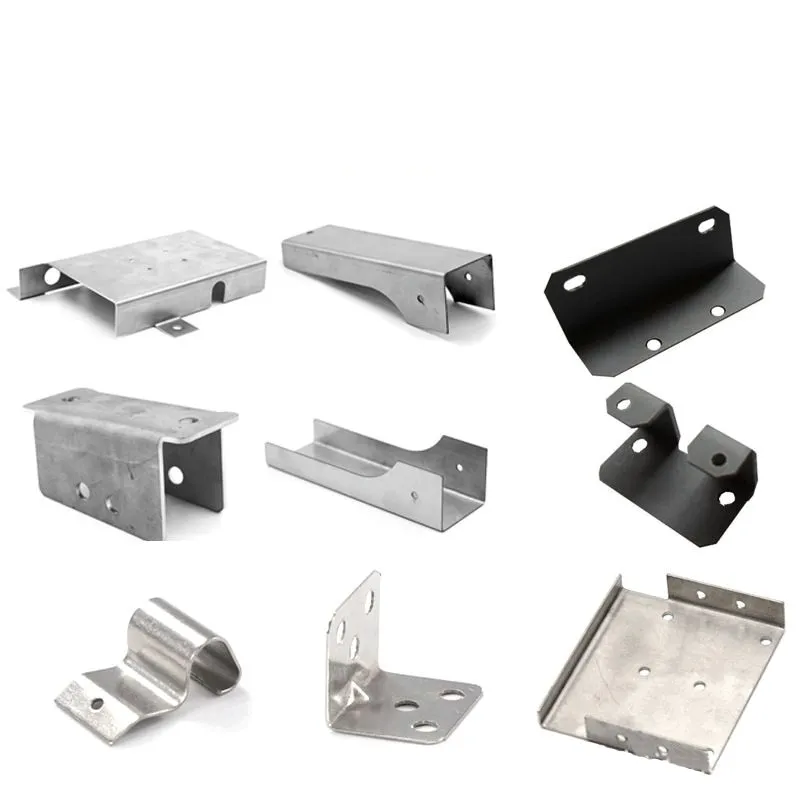- English
- Español
- Português
- русский
- Français
- 日本語
- Deutsch
- tiếng Việt
- Italiano
- Nederlands
- ภาษาไทย
- Polski
- 한국어
- Svenska
- magyar
- Malay
- বাংলা ভাষার
- Dansk
- Suomi
- हिन्दी
- Pilipino
- Türkçe
- Gaeilge
- العربية
- Indonesia
- Norsk
- تمل
- český
- ελληνικά
- український
- Javanese
- فارسی
- தமிழ்
- తెలుగు
- नेपाली
- Burmese
- български
- ລາວ
- Latine
- Қазақша
- Euskal
- Azərbaycan
- Slovenský jazyk
- Македонски
- Lietuvos
- Eesti Keel
- Română
- Slovenski
What is the process of laser cutting metal?
2024-10-21
Laser cutting is a precise and efficient method used to cut metal and other materials with the use of a high-powered laser. The process is widely used in various industries, including manufacturing, automotive, aerospace, and metalworking, due to its accuracy, speed, and ability to create intricate designs. In this guide, we’ll break down how laser cutting works, the key components involved, and the types of laser cutting.
1. What is Laser Cutting?
Laser cutting is a process that uses a focused beam of light (laser) to cut through or engrave materials like metals, plastics, and wood. The laser beam melts, burns, or vaporizes the material, leaving behind a clean, high-quality cut with minimal waste.
2. Key Components of Laser Cutting
- Laser Source: The laser beam originates from a laser generator (CO2, fiber, or Nd:YAG lasers are commonly used for metal cutting). The laser is amplified and directed toward the cutting material.
- Focusing Lens: A lens or series of lenses focus the laser beam to a small point, increasing its intensity at the point of contact with the material.
- Cutting Head: The cutting head directs the laser beam onto the material. It moves along the programmed path, controlled by CNC (Computer Numerical Control) or other guidance systems.
- Assist Gas: Gas such as oxygen, nitrogen, or air is often blown through the nozzle to aid in the cutting process, helping to remove molten material and improve cut quality.
- Material Bed: The metal is placed on a stable bed or table that supports the material during the cutting process.

3. The Laser Cutting Process
The laser cutting process can be broken down into the following steps:
Step 1: Design and Programming
- CAD Design: The first step is to create a design for the part or component that needs to be cut. This is done using CAD (Computer-Aided Design) software. The design is converted into a format readable by the laser cutting machine, usually a vector file.
- CNC Programming: The design is uploaded to the CNC system, which controls the laser cutting machine. It translates the design into cutting instructions, guiding the laser on how and where to cut.
Step 2: Material Preparation
- The metal sheet or material to be cut is placed on the machine’s bed. Common metals used in laser cutting include steel, stainless steel, aluminum, brass, and copper.
Step 3: Laser Cutting
- Beam Generation: The laser source generates a high-energy beam of light, which is then focused through lenses to create an intense heat spot.
- Material Heating: When the focused laser beam hits the metal, the energy is absorbed, causing the material to heat up rapidly and melt, burn, or vaporize.
- Assist Gas: An assist gas (like oxygen or nitrogen) is directed onto the cutting area through a nozzle. It helps clear away molten metal and debris, as well as cools the material and improves cutting speed and precision.
- Oxygen is often used for cutting mild steel, as it reacts with the metal to produce heat and speeds up the cutting process.
- Nitrogen is used for materials like stainless steel to prevent oxidation and ensure a clean edge.
- Laser Movement: The CNC-controlled laser cutting head moves along the programmed path, following the design. The speed, power, and focal point of the laser are adjusted based on the material and the thickness of the metal being cut.
Step 4: Cooling and Finishing
- As the laser cuts through the material, the molten or vaporized metal is blown away by the assist gas, leaving a clean, smooth cut.
- After the cut is complete, the edges may be smoothened or deburred, depending on the desired finish.
- Any leftover scrap metal or waste material is minimal due to the precision of the laser.
4. Types of Laser Cutting for Metal
There are several methods of laser cutting depending on the material and application:
A. Vaporization Cutting
- The laser beam heats the material to its boiling point, causing it to vaporize. This method is suitable for materials like wood or plastics but can also be used for thin metals.
B. Melt and Blow Cutting (Fusion Cutting)
- The material is heated until it melts, and a high-pressure gas (often nitrogen) blows the molten metal out of the cut. This method is common for cutting metals like stainless steel and aluminum.
C. Reactive Cutting (Flame Cutting)
- Also known as oxygen-assisted laser cutting, this method is similar to oxy-fuel cutting. Oxygen is blown into the cutting area, and the metal reacts with the oxygen, producing additional heat and speeding up the cutting process. This is often used for cutting thick steel.
D. Thermal Stress Cracking
- Some brittle materials, like glass, can be cut using controlled thermal stress. The laser induces localized heating, and as the material cools, it cracks along the cutting path.
5. Advantages of Laser Cutting Metal
- High Precision: Laser cutting can produce extremely accurate cuts with tight tolerances, making it ideal for intricate designs.
- Clean Cuts: The laser produces smooth, clean edges, often eliminating the need for secondary finishing.
- Versatile: Laser cutting works on a wide range of metals and thicknesses, from thin sheets to thicker plates.
- Reduced Waste: Laser cutting is highly efficient, reducing material waste compared to other cutting methods.
- Speed: It offers faster cutting speeds, especially when cutting thinner metals, compared to traditional methods like mechanical cutting.
6. Applications of Laser Cutting in Metal
Laser cutting is used in various industries, including:
- Automotive: For cutting metal parts like chassis components and engine parts.
- Aerospace: To create precision components for aircraft and spacecraft.
- Manufacturing: For custom metal fabrication, including brackets, enclosures, and sheet metal parts.
- Jewelry Making: For detailed metal designs and patterns.
- Construction: Cutting steel beams, panels, and cladding.
Conclusion
Laser cutting metal is a highly efficient and precise process, providing superior accuracy, speed, and flexibility across a wide range of industries. Whether you are cutting thin sheet metal or thick steel plates, the right laser cutting method and equipment can significantly improve productivity and reduce material waste. Understanding the process ensures better quality control and helps in selecting the most suitable type of laser cutting for specific metalworking needs.
Dongguan Fu Cheng Xin Communication Technology Co., Ltd. is committed to the development, production, assembly, ODM one-stop service hardware suppliers. Welcome to inquiry us at Lei.wang@dgfcd.com.cn.



